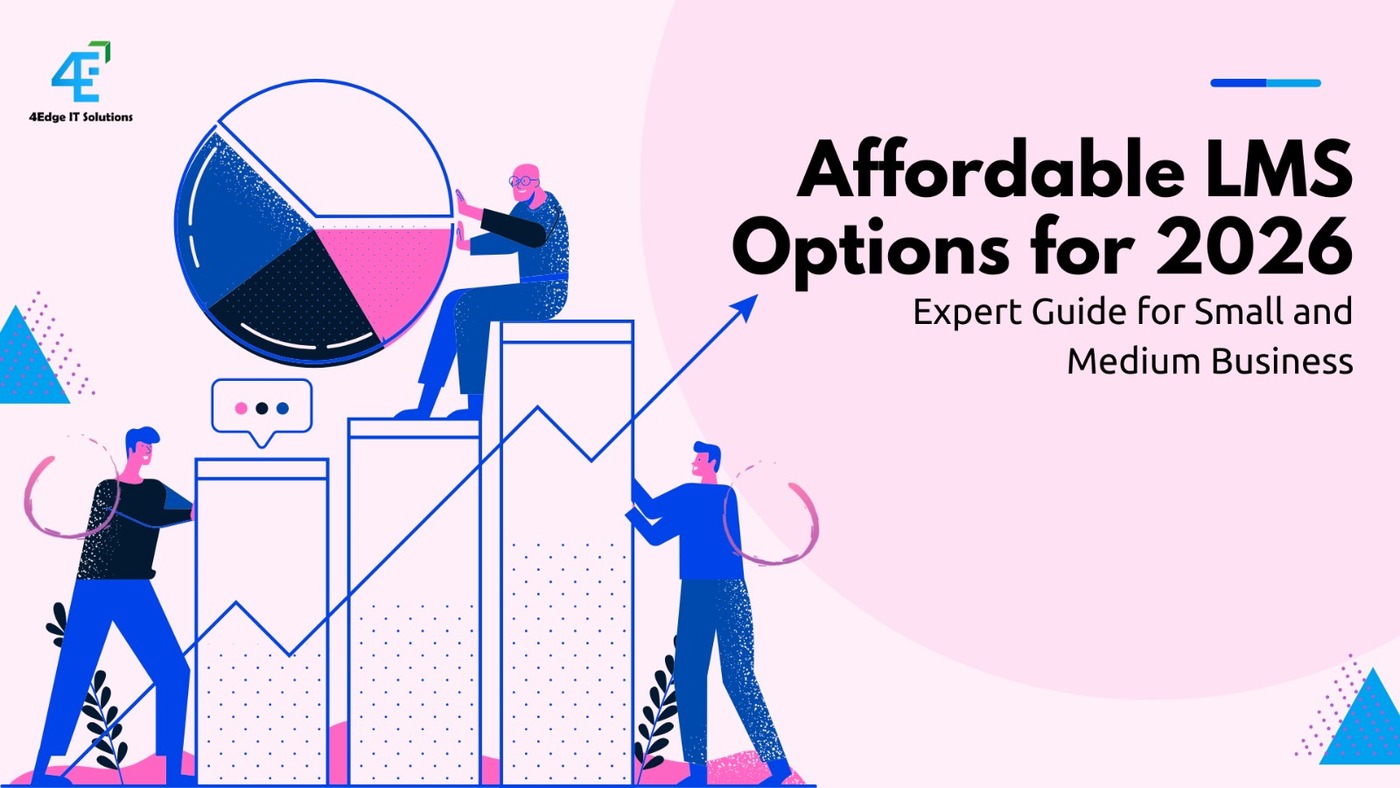
Try Free Demo LMS in India: What You Should Know Before Trying One
For many small and medium-sized businesses (SMBs), adopting a Learning Management System (LMS) feels like a big leap. You’re investing time, money, and employee trust into a tool that should make training seamless and measurable.

Affordable LMS Options for 2026: Expert Guide for SMBs
Small and medium‑sized businesses (SMBs) face a unique challenge in 2026: keeping teams up‑to‑date in a frequently changing digital economy is really a big challenge. Whether you’re onboarding new hires, rolling out compliance training or upskilling employees, a learning management system (LMS) provides structure, analytics and scalability.